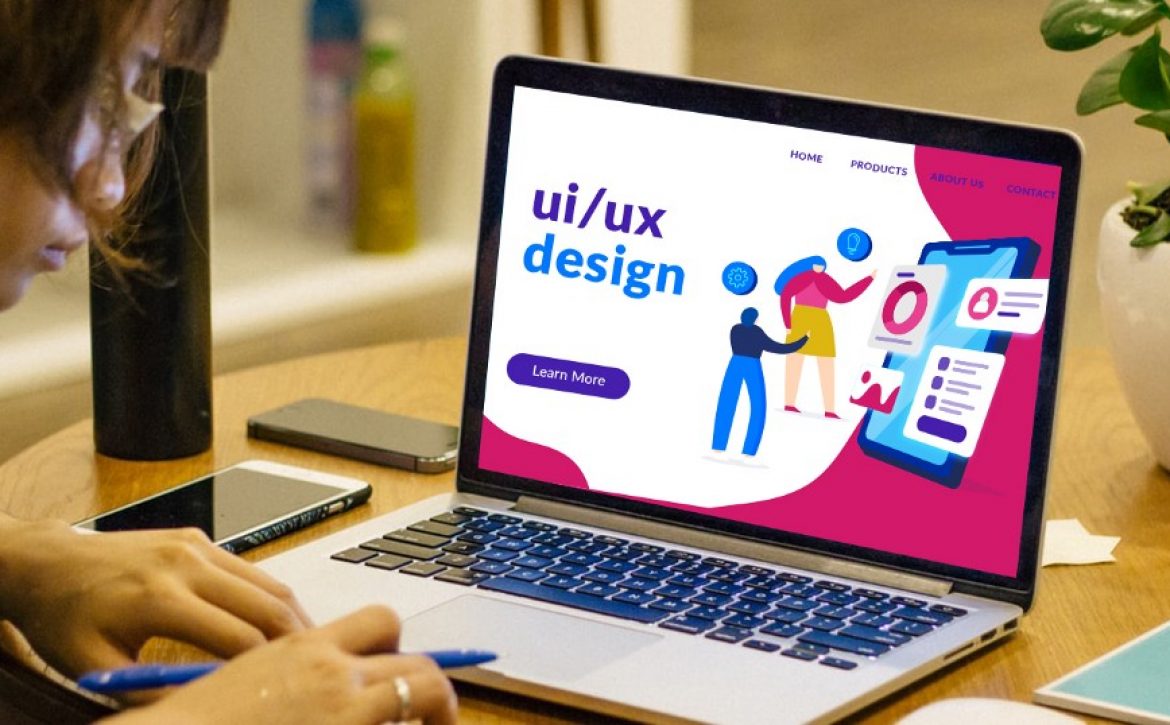7 AI Tools for Designers | AI tools for UI UX design | GoodWorkLabs
Do you have a fear that AI is going to replace your job as a UX designer? Well, guess what! That is not going to happen anytime soon. So, breathe! If you had that doubt previously or you are now in doubt, don’t be! Sure, AI is advancing at a rapid and an alarming pace that might make human designers restless but the touch that a designer can provide is not anywhere close to the design results of an AI. Yes, AI holds a great significance. The advanced tools that are available to designers these days are by virtue of AI only. But are these tools promising enough to replace a human designer? NO! These tools are meant to only enhance your capabilities as a designer instead of replacing your role entirely in designing. Let’s talk AI-powered web builder, The Grid, for instance. The Grid is a promising venture with machine learning and executes all the tasks with algorithms that take colors, text, and shape into consideration. With a lot of investors counting on it, the expectations from this venture were quite high. But the truth is, the output that was received was not satisfactory at all. The reason: It lacked a human touch. The concept behind AI in design is to create tools that enhance designers’ intelligence and capabilities rather than replacing them altogether. AI technology takes a variety of inputs into account like shapes, colors, and text and produces a workable design. But the right blend is when a designer uses AI to come up with a design that creates a connection between brand and audience. It is a continued partnership of machine and man that will find its way in the future in which the human designers will borrow intelligence through tools for dealing with higher-level tasks. Only the touch of a human designer can bring out sympathy and relatability in the target audience. For instance, AI can be used to do the legwork such as looking and rating templates against a set criteria while designers spend more time on how to create a customized design for the client. But how to lay the foundation of this enduring partnership? There are several best AI tools available that will ease your routine design works. Let’s look at some to get a better understanding of how AI can prove as an aid to human designers: It is a great web tool for designers and is of great help as it enhances a small image without losing quality. This tool uses AI and machine learning to learn the typical features of physical objects. Once these features are taken into account, this tool can add extra details on its own. Let’s enhance has three main functions namely a JPEG noise remover, Magic filter, and Boring filter. JPEG noise remover automatically applies a noise reduction system if it detects .jpg or .jpeg extension in an image based on neural networks. Magic filter ‘hallucinates’ additional details and adds them to the picture to improve the image quality significantly. This filter is great for photos and complex pictures. This filter works best for art, logos, illustrations etc. This filter keeps the details, colors, and edges sharp while enlarging the image up to 4 times of its original size. This means you can upscale and clean your designs at once. Select subject is a freshman’s tool in Adobe Photoshop which uses Adobe Sensei, an Adobe’s machine learning technology, for memorizing shapes and allowing users to select in a single click. There was a time when Photoshop just recognized an image with pixels without recognizing shapes and objects in the image. With Select subject and Adobe Sensei in the picture, these issues stay in past. Now the users can select prominent subjects in images without the necessity to drag around the cursor. Prisma is a photo-editing application that uses AI and neural networks to transform pictures quickly into “paintings” with artistic effects. This means that the input image looks like they were actually painted by the artists. Deepart is a web tool that is similar to Prisma and leans heavily on the artistic side. It is an advanced version of Prisma as this tool allows you to turn your image into artwork and also to upload your own style image for further customizing. This web tool uses a neural algorithm of artistic style which was developed to allow the user to separate style elements from a piece of art. It is just like magic what AI does to the world of design which is why the fear of unemployment prevails in the world of designers. It is a significant and valid concern among the designers these days. The best answer to all your worries is ‘design’ is a field that would be flavorless without human intervention. The best way to place AI in your lives is to set an enduring partnership where the best of AI is used to yield great designs by human designers.Artificial Intelligence in UI UX Design
The Future of Design with AI
1) Let’s Enhance
2) JPEG noise remover:
3) Magic Filter:
4) Boring filter
5) Select Subject
6) Prisma
7) Deepart
Conclusion on AI Tools for Designers:



